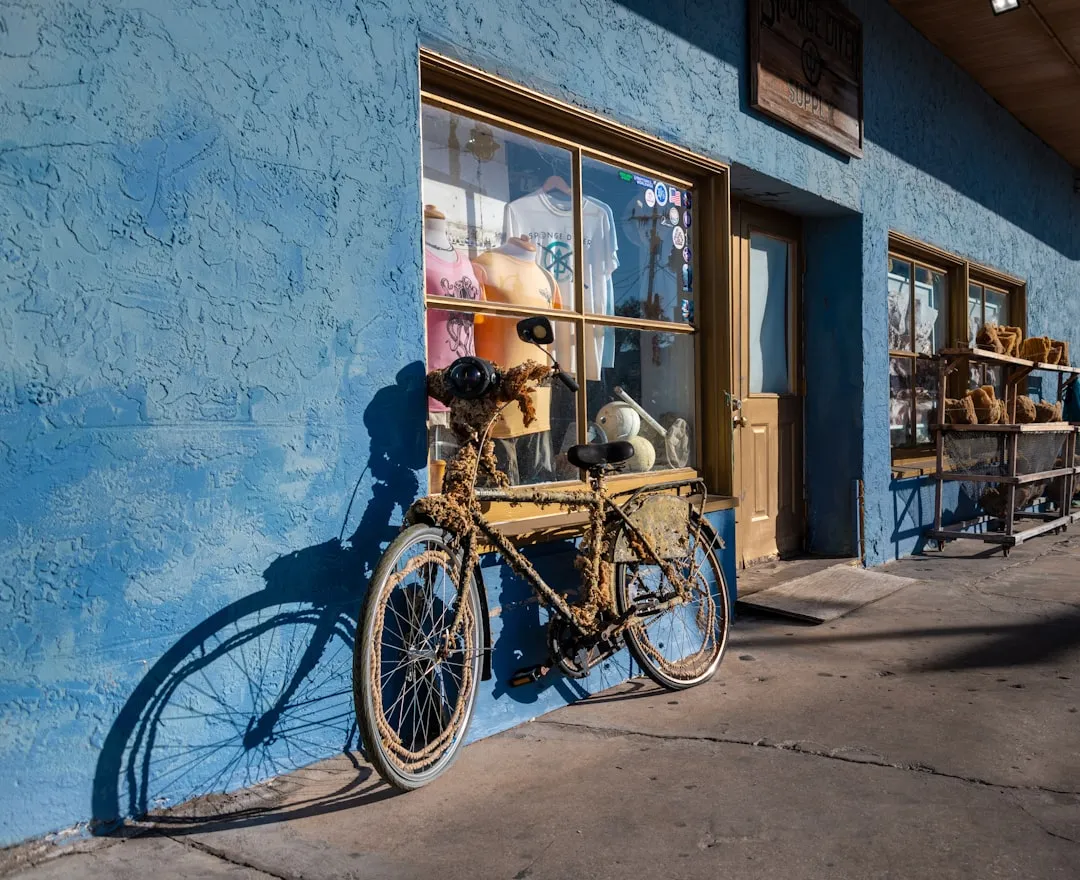

Route Overview:Embark on an enjoyable cruise from the picturesque town of Tarpon Springs, known for its rich Greek heritage and sponge diving industry, to the vibrant city of St. Petersburg, famous for its stunning waterfront parks and art scene. This route, approximately 25 nautical miles, showcases Florida's delightful coastline while keeping safety and navigational accuracy as top priorities. It's ideal for experienced boaters and those seeking to enjoy a blend of scenic beauty and fascinating stops along the way.
Section 1: Departure from Tarpon Springs
Your journey begins in the serene harbor of Tarpon Springs, where it's critical to familiarize yourself with local tides and currents. The local marina offers various amenities and important information regarding boat conditions. Ensure you have a full check of your boat's systems and stock up on supplies.
Keep in mind the local regulations regarding no-wake zones, particularly around the Sponge Docks, where you may encounter tourist boats and other watercraft. Before leaving, take note of the red and green markers leading out of the bay that will guide you safely into open water.
Hazards: Be vigilant in the shallows around the nearby Anclote Key, as it can have areas of shifting depths.
Point of Interest: Before setting sail, consider a quick visit to the Greek Sponge Docks or sample some local cuisine at one of the many waterfront restaurants.
Section 2: Transitioning to the Gulf Intracoastal Waterway (ICW)
As you head southwest out of Tarpon Springs, you'll enter the Gulf Intracoastal Waterway. This well-marked channel will serve as your guide toward St. Petersburg. It’s important to maintain a close watch on navigational aids, particularly the day markers and buoys that define the channel’s course.
Bays for Shelter: Should conditions change unexpectedly, Clearwater Bay offers an excellent sheltering spot with various anchorages and easy access to nearby amenities.
Navigational Aids: Pay special attention to channel markers (green right, red left) and review your navigation charts regularly, considering any weather changes. A rudimentary check of the NOAA charts will provide you up-to-date information on tides and potential hazards along your course.
Section 3: Notable Landmarks En Route
Along the ICW, you’ll pass several noteworthy landmarks. The first, captivatingly visible from the water, is the historic Sand Key Lighthouse. Further along, look out for Caladesi Island State Park, a serene spot for a short break, which offers pristine beaches, hiking trails, and picnic areas.
Navigating past the charming communities of Dunedin and Clearwater, you might choose to dock and explore local shops or restaurants. Clearwater Beach is a few miles away—ideal for a rest stop if time allows.
Local Regulations: Be aware of areas with speed limits and the no-wake zones, especially as you approach populated areas. Always check local boating regulations beforehand.
Section 4: Arrival in St. Petersburg
As you near St. Petersburg, you will enter Boca Ciega Bay, an expansive waterway surrounded by beautiful homes, parks, and recreational facilities. The waters here can become lively, especially on weekends, so prepare for potential traffic and boat wakes.
Navigational Considerations: Approaching St. Petersburg, the markers in the bay are well-signed, guiding you toward your destination without confusion. The entrance to St. Petersburg Marina is clearly marked, and they offer transient docking for your stay.
Points of Interest: Once docked, indulge in the city's thriving art district, renowned museums such as The Dalí Museum, and local parks like Fort De Soto, which should not be missed. Enjoy authentic Floridian cuisine at one of the nearby waterfront eateries.
Safety Recommendations:
1. Boating Apps: Consider using navigation apps, especially Savvy Navvy, for real-time tracking and route planning. Ensure your charts are updated regularly.2. Communication Equipment: Always have a working VHF radio to stay in touch with nearby vessels and harbor operations.3. Weather Updates: Monitor local marine forecasts, particularly regarding afternoon thunderstorms common to Florida.4. Emergency Kits: Ensure you have all necessary safety gear, including life jackets, first-aid kits, signaling devices, and flares.
By following this pilotage plan, enhancing your maritime knowledge, and planning ahead, you’ll not only navigate these Gulf waters safely but also enjoy the rich experiences they offer. This route truly embodies the spirit of Florida’s beautiful coast!